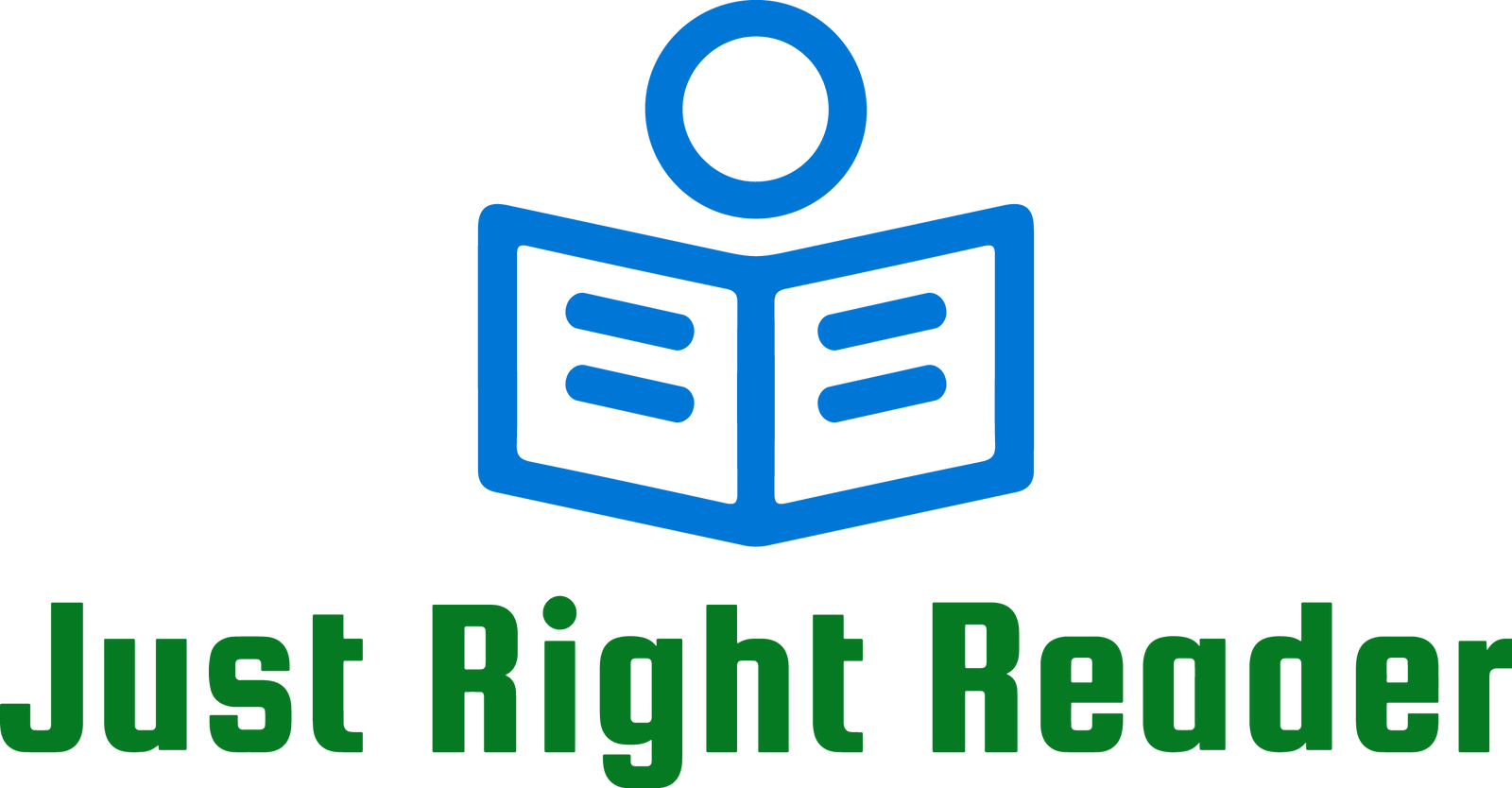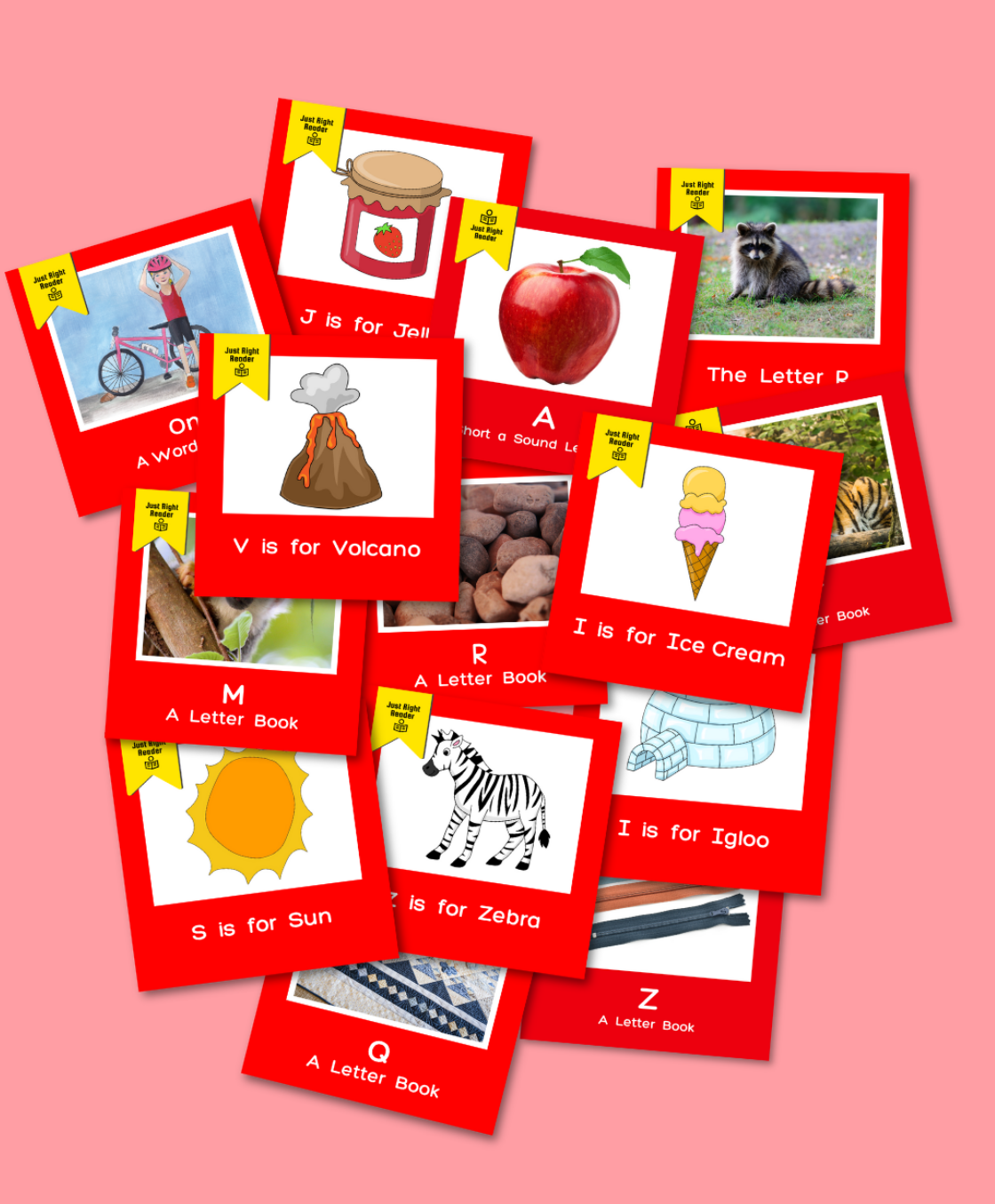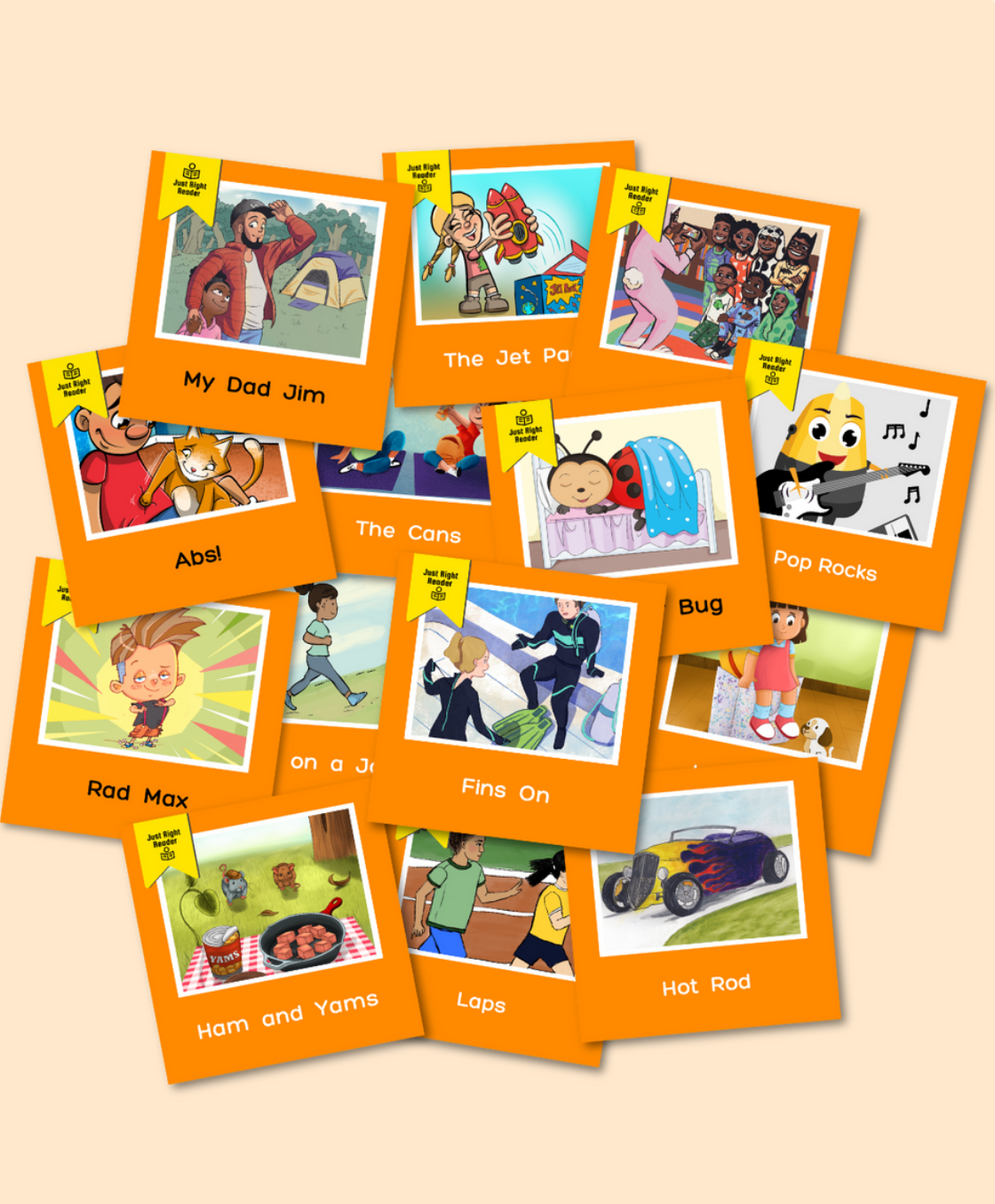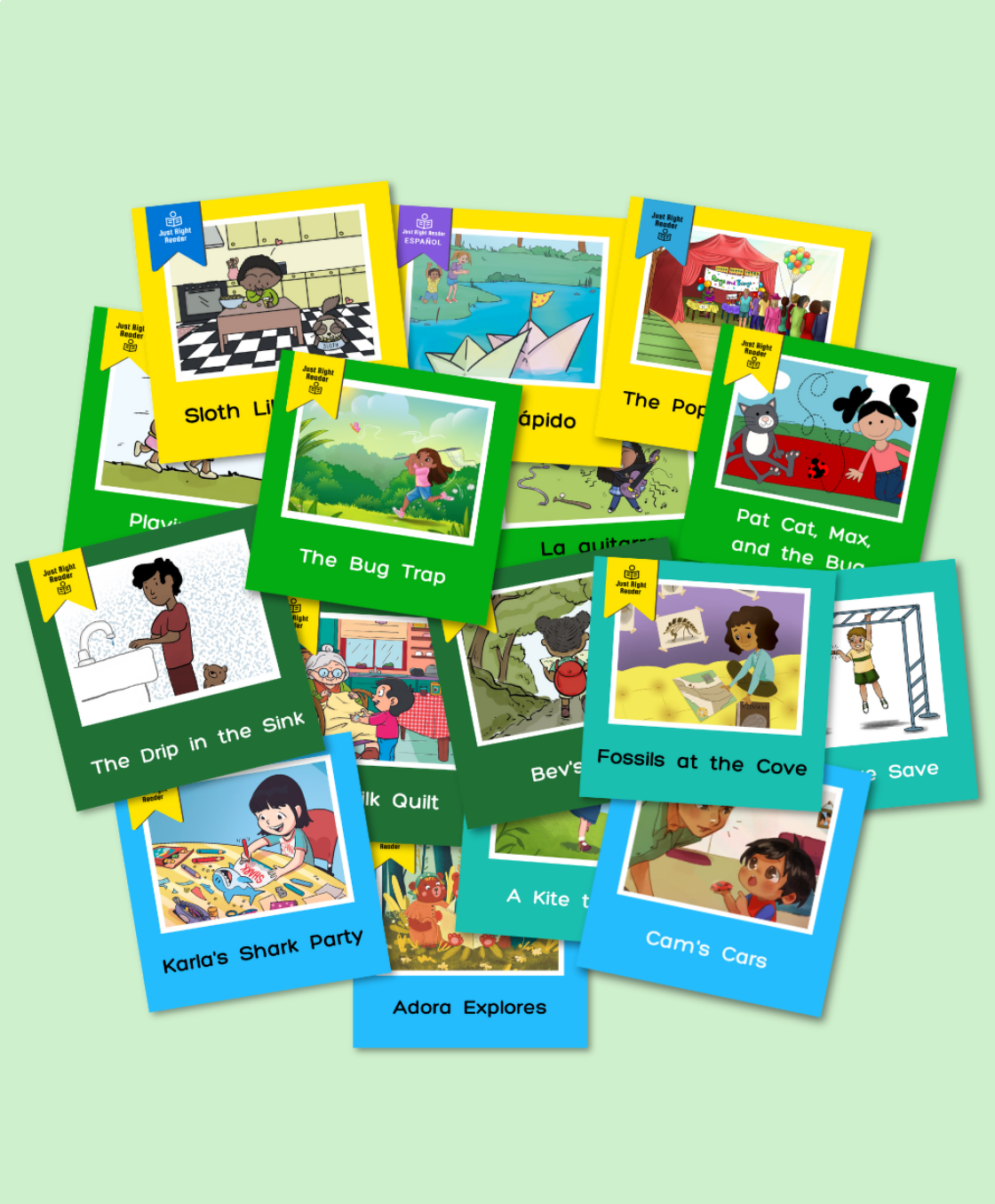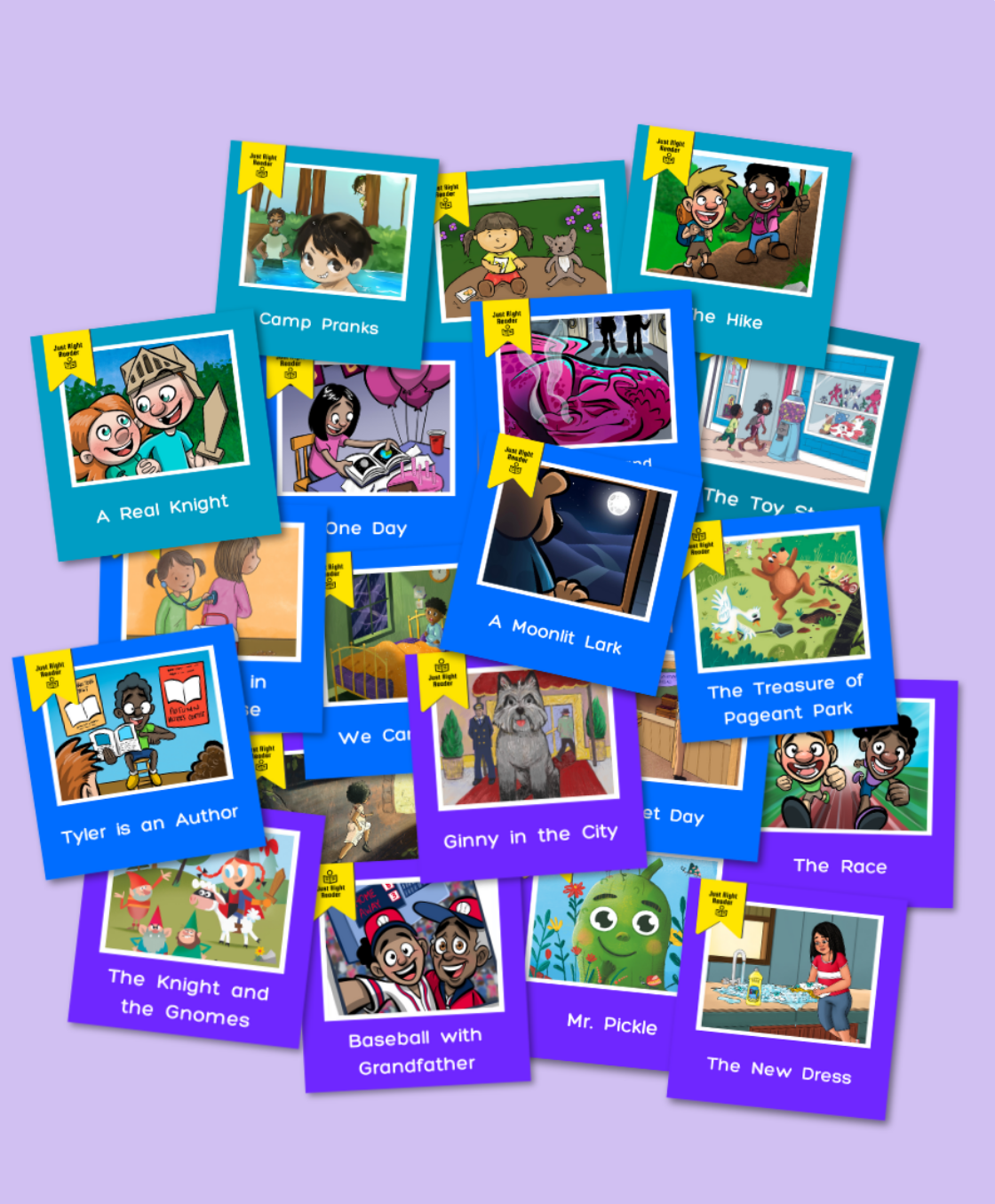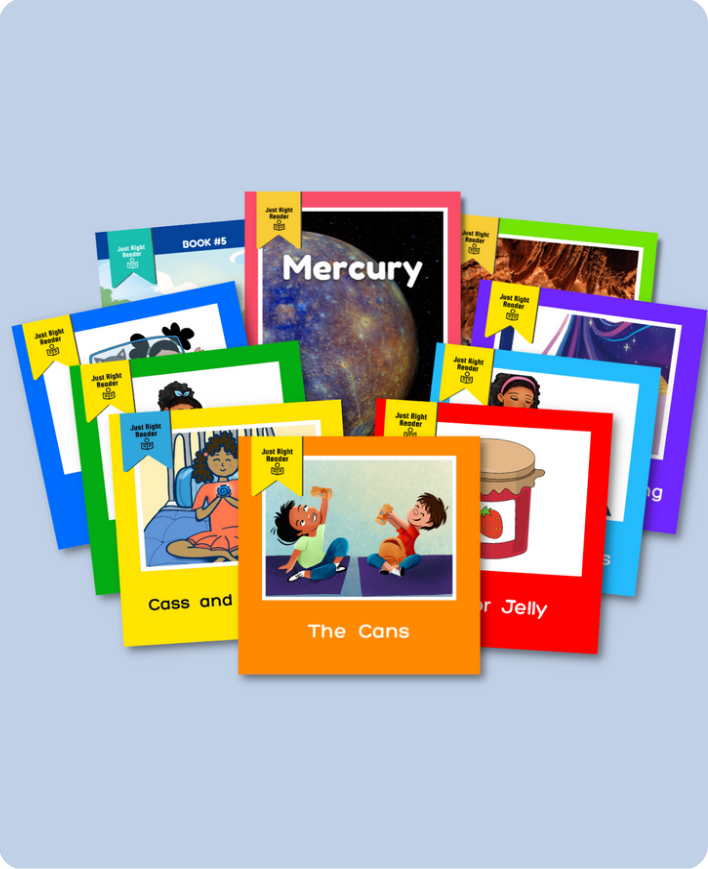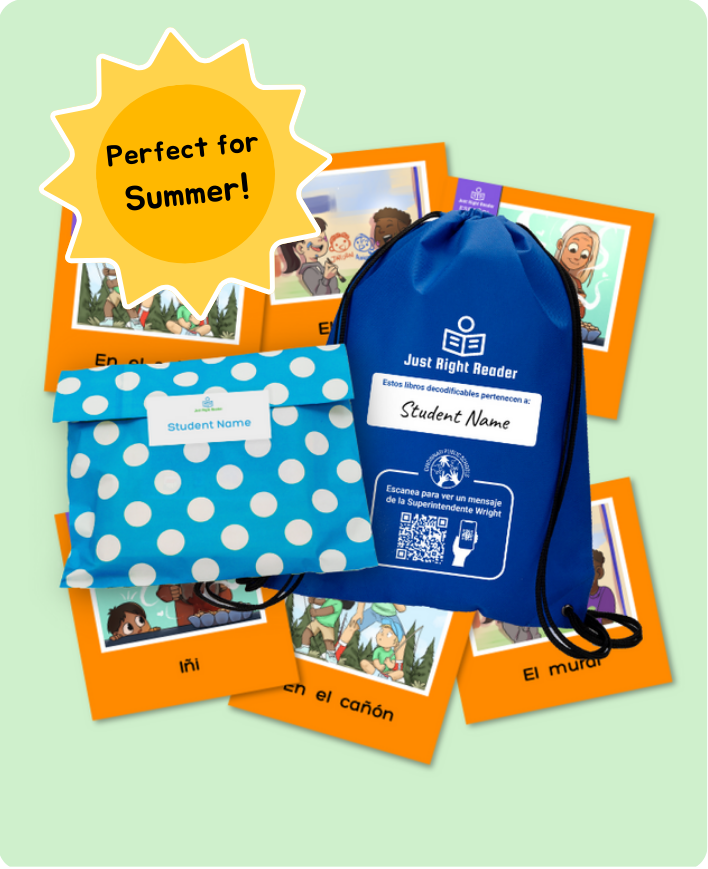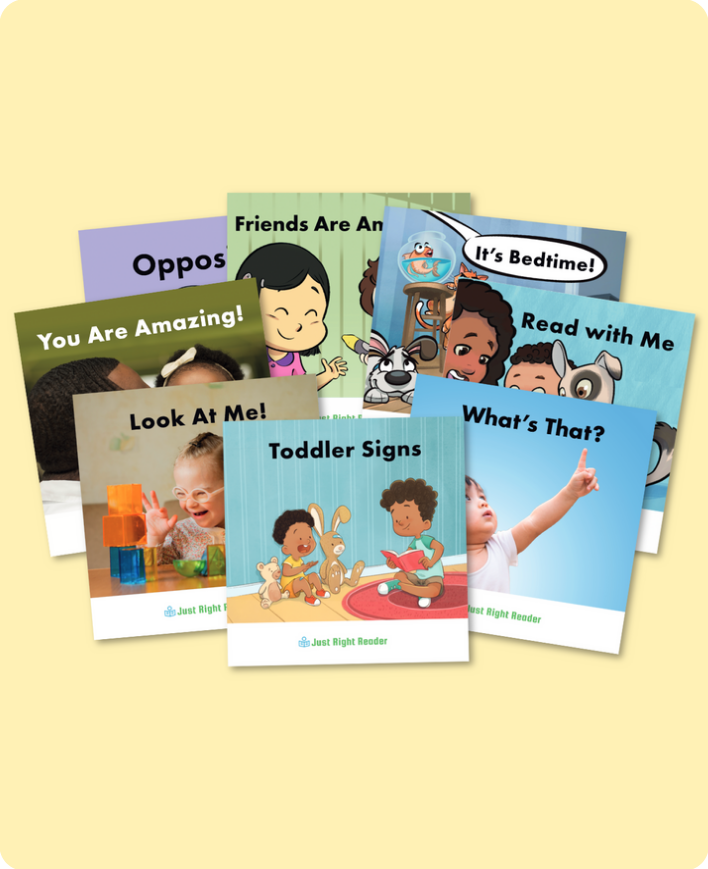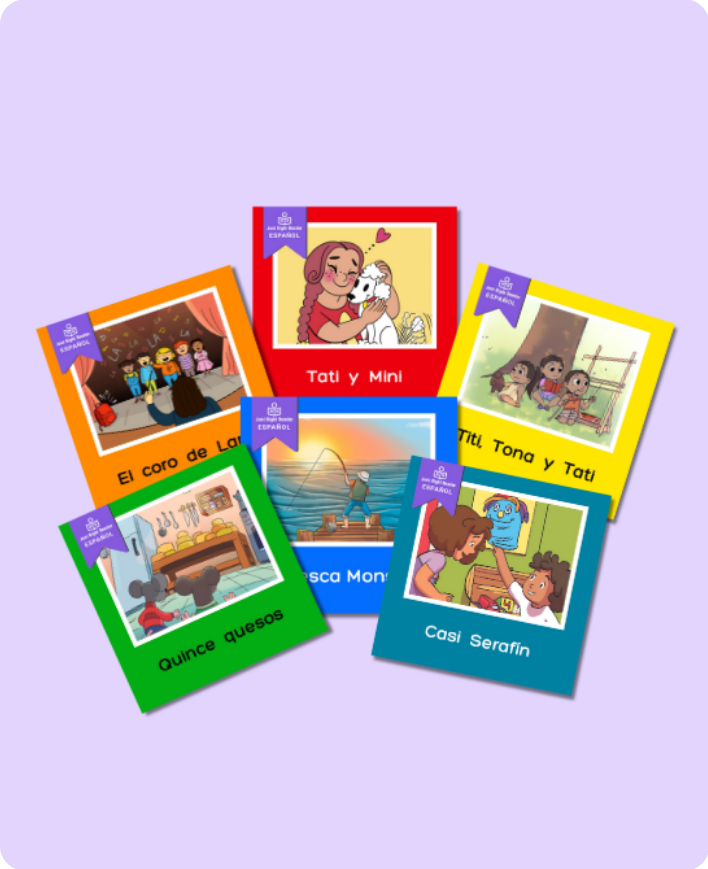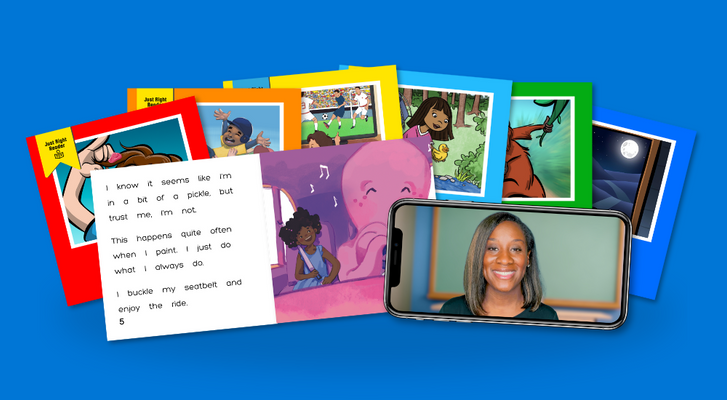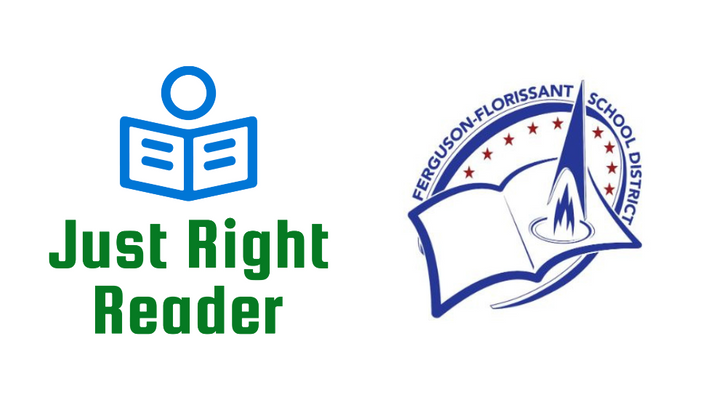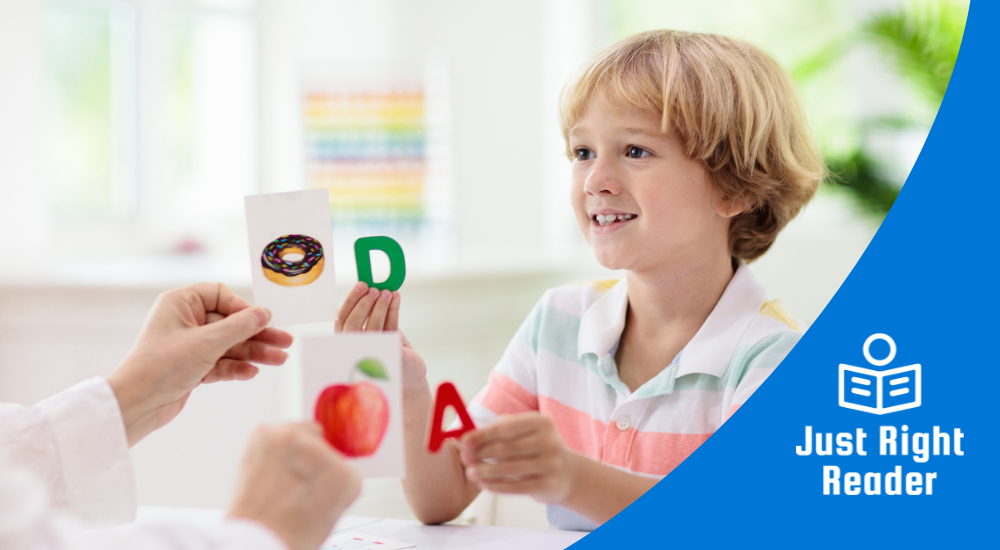
The more we lean into literacy instruction aligned with the Science of Reading research, the more we understand how critical phonics instruction is.
Understanding phonics and its role in teaching kids to read might seem daunting.
So, let’s start with a basic phonics guide of what you need to know.
What is phonics?
Phonics involves teaching students to understand how sounds (phonemes) connect to written letters (graphemes) to form letter-sound relationships (alphabetics) and spelling (orthographic) patterns.
It begins with the alphabetic principle, the understanding that there is a mostly predictable relationship between the letters of the alphabet and the sounds they represent in English. For instance, we teach students that the letter d represents the sound /d/ and is the first letter in words such as dog and dad.
Think of phonics as a pathway to recover speech from written language.
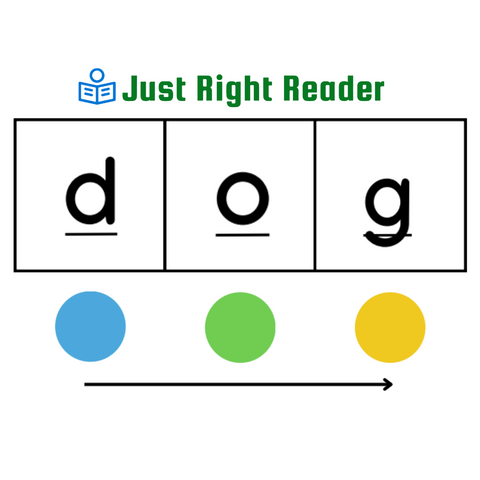
Why is phonics important?
Phonics is the basis for decoding, the ability to blend letter sounds to say the words when reading text. It is a foundational skill that helps students become fluent readers. If you have ever heard a teacher instruct students to "sound it out" when tackling an unfamiliar word, they are encouraging the use or application of decoding skills.
To highlight the significance of decoding, let's explore The Simple View of Reading, a framework that defines two components that contribute to early reading comprehension (Gough & Tunmer, 1986).

Students must be proficient in word recognition and language comprehension in order to open up the possibility of understanding what they read. A key component, at least 50%, of word recognition is decoding.
In other words, phonics is essential for learning to read.
What makes an effective phonics program?
Numerous programs, curriculums, and resources are available to help educators implement phonics instruction into their literacy instruction. However, research reminds us that effective phonics programs must have two characteristics.
Phonics instruction should be explicit and systematic.
A high-quality phonics program contains a purposeful and rigorous scope and sequence for teaching letter-sound relationships. The instruction occurs in a logical sequence; teachers do not pick and choose what they teach and when.
The teacher also provides explicit instruction on how to effectively use phonics to decode unfamiliar words. Students do not learn letter-sound relationships by guessing; they must be taught explicitly. For example, a teacher directly states, "The letter s represents the /s/ sound."
Effective phonics programs give students frequent opportunities to practice.
Phonics instruction extends beyond a single lesson; it requires providing students with many chances to apply what they are learning – using isolated words and connected texts. Besides practicing new phonics skills in isolation, literacy experts and research scientists recommend that students must also learn how to apply decoding skills in connected text.
Decodable books can be an engaging and effective way to do that.
How do decodable books enhance phonics instruction?
Decodable books can play a significant role in reinforcing specific phonics patterns. Ideally, they focus on a particular letter-sound relationship previously taught and practiced in isolation. Well-designed decodable books contain mainly the phonetic patterns taught combined with high-frequency words that students have already learned.
They offer a much-needed path from isolated phonics word practice to meaningful reading experiences.
Just Right Reader’s Science of Reading Decodables enhance phonics instruction with books that are specifically designed to reinforce previously taught phonics patterns in connected text.
 Our Decodables feature:
Our Decodables feature:
- An extensive library of 700+ titles
- Engaging and relatable stories with relatable characters
- Evidence-based, rigorous phonics scope and sequence that aligns to most major published phonics programs and instructional materials
- QR codes that link to memorable video lessons in English and Spanish
- Personalized Take-Everywhere Decodable Packs that extend phonics practice from school into homes
When we tell our students exactly how our language works and give them many opportunities to practice using engaging, connected text, we place their feet firmly on the path to early reading fluency!
Additional phonics resources
We dive deeper into decodable books in our blog post: Learning to Read with Decodable Books.
The National Institute for Literacy offers resources and guides for using systematic and explicit phonics instruction and answers frequently asked questions.
Use these resources to get started:
Reference
Gough, P.B. & Tunmer, W.E. (1986). Decoding, reading, and reading disability. Remedial and Special Education, 7, 6-10.
